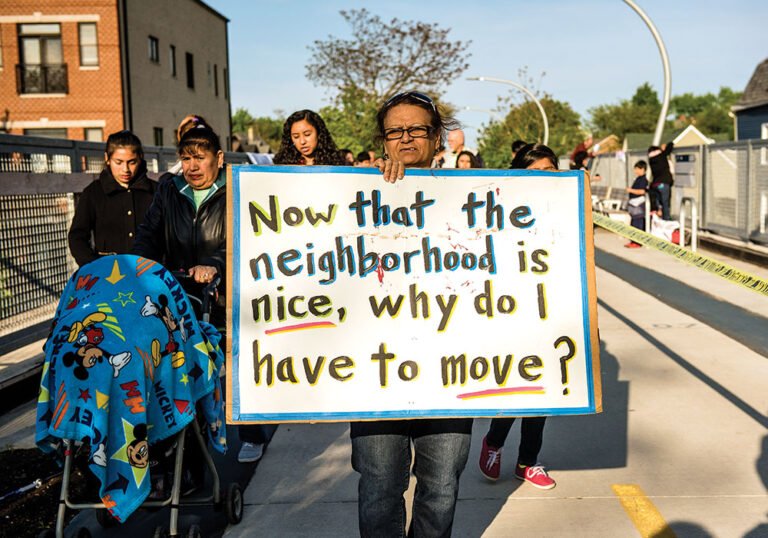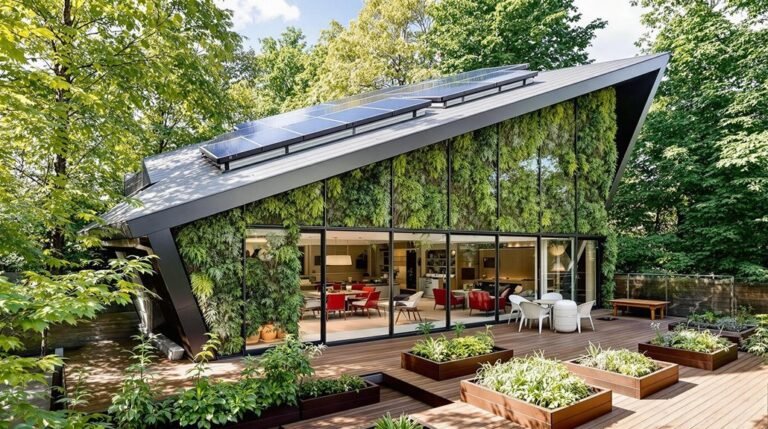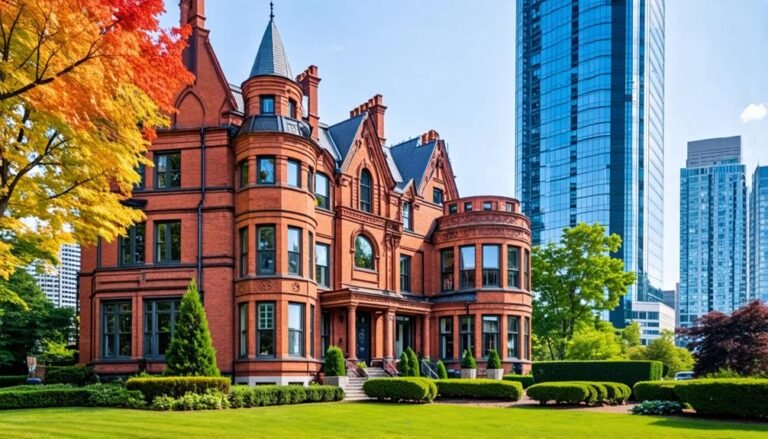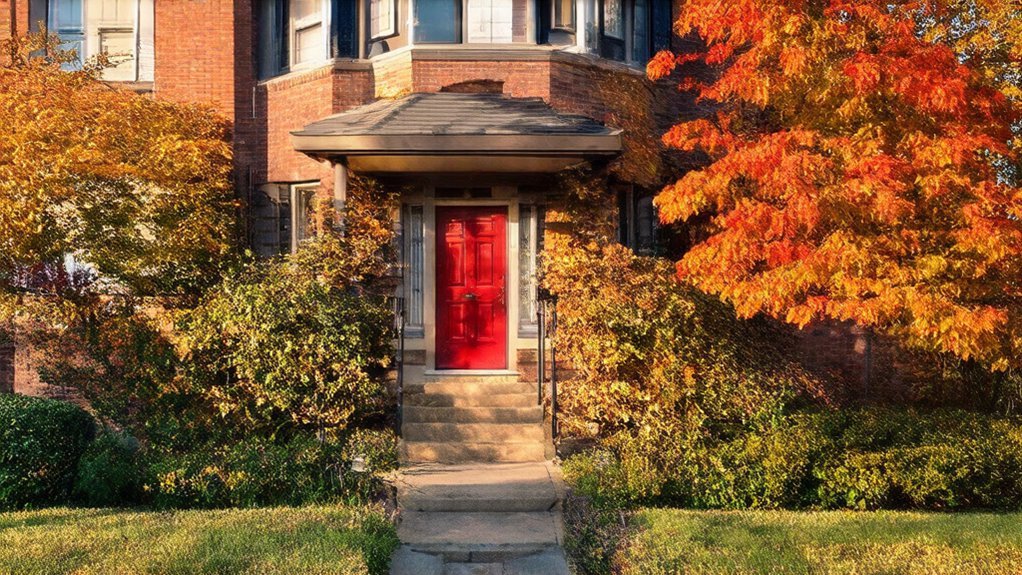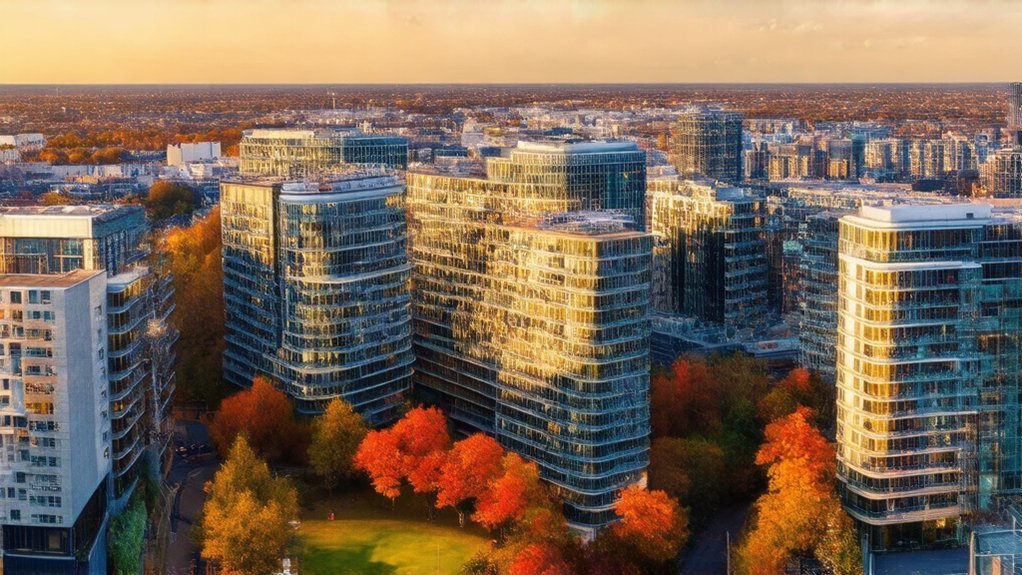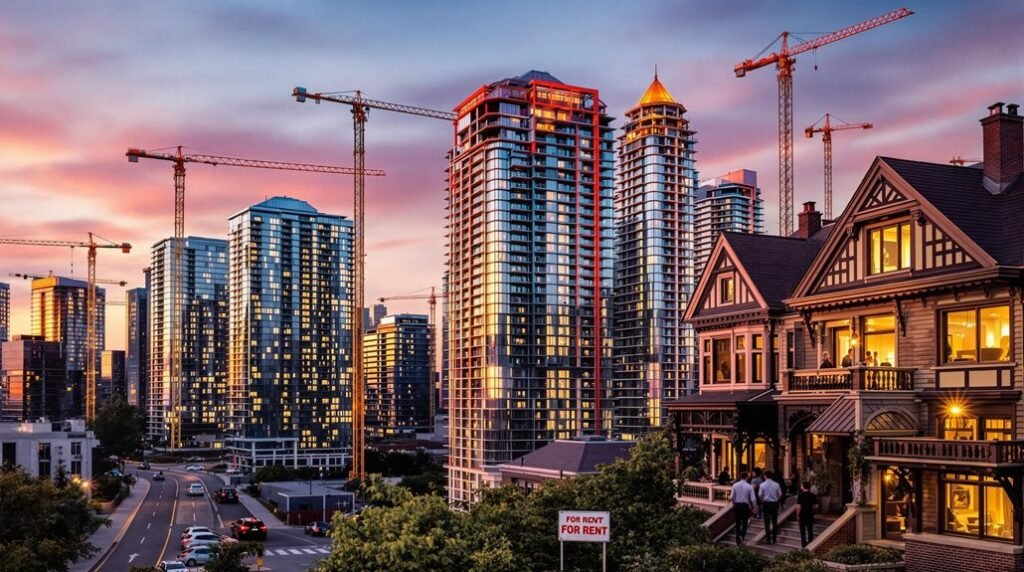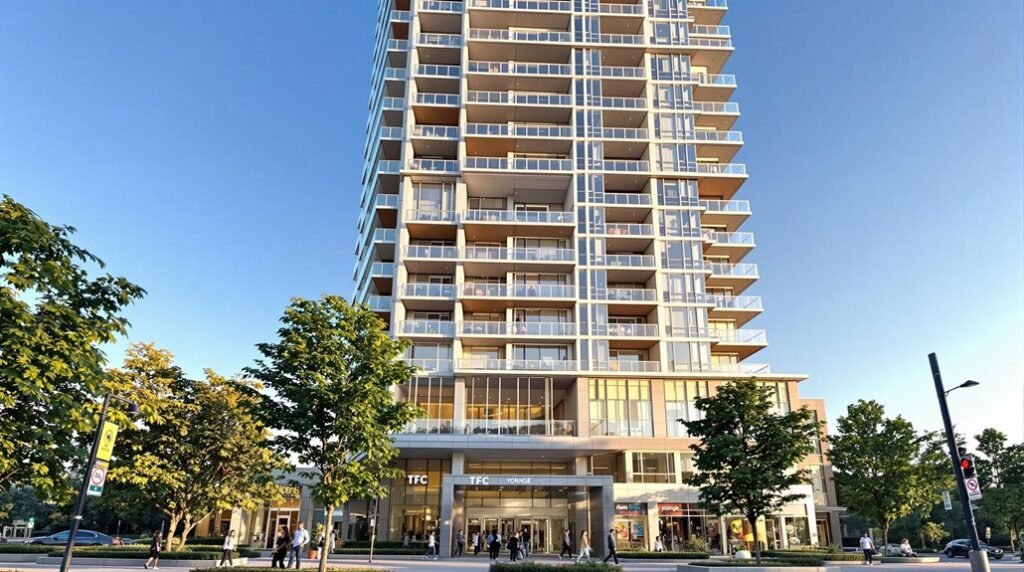Toronto’s senior housing crisis is a complex issue that demands innovative solutions. As someone who’s studied this problem, I can tell you it’s not just about building more homes. We need to consider ethical approaches that balance affordability, accessibility, and community integration. Intergenerational living arrangements, for instance, can provide both economic relief and social connection. Urban development must prioritize senior-friendly features like ramps and elevators, while market incentives could encourage developers to create suitable housing options. Income-based subsidies and rent controls might also help seniors stay in their communities. It’s a multifaceted challenge, but with creative thinking, we can find ethical solutions that work for everyone involved.
Key Takeaways
- Intergenerational living solutions can increase affordability and combat isolation for Toronto seniors.
- Incentivizing developers to create affordable, accessible senior housing could alleviate the crisis.
- Income-based subsidies and rent controls may help low-income seniors afford housing in Toronto.
- Urban development in Toronto should prioritize senior-friendly features like accessibility and community spaces.
Aging in Place Challenges
Toronto’s seniors face a complex web of challenges when it comes to aging in place, with data showing they’re reluctant to leave their long-term homes until well into their 80s. This preference for staying put is more than just a sentimental attachment to familiar surroundings; it’s a phenomenon that’s reshaping our city’s housing landscape.
Let’s break down the key issues:
- Lack of suitable alternatives: Many seniors struggle to find housing options that meet their needs while allowing them to maintain their independence.
- Financial constraints: The cost of retrofitting homes for accessibility can be prohibitive.
I’ve noticed that this reluctance to downsize isn’t just affecting seniors – it’s creating a domino effect throughout Toronto’s housing market. Imagine a game of musical chairs where no one wants to get up! This situation is leaving many families scrambling for suitable housing options.
What’s more, the data shows that mortality, not relocation, is the primary factor driving population decline among older Torontonians. It’s a sobering thought, but one that underscores the need for better aging-in-place solutions.
So, what can we do? We need to think creatively about:
- Developing more diverse housing options
- Improving home care services
- Creating age-friendly neighborhoods
Affordable Housing Strategies
How can we tackle the affordable housing crisis that’s gripping Toronto’s senior population? I’ve gathered some eye-opening statistics that shed light on the urgent need for effective strategies. Let’s dive in!
First off, it’s clear that rising rental costs are a major concern. A whopping 94% of low-income renters in Toronto view this as a serious issue. It’s like trying to fit an elephant into a phone booth – the numbers just don’t add up for many seniors on fixed incomes.
So, what do people want to see done about it? Here’s a breakdown:
- 78% advocate for more government-supplied affordable housing
- 77% support income-based subsidies for housing assistance
- 73% favor stricter rent controls
These numbers paint a picture of a population crying out for help. It’s like a game of housing Jenga, where each removed piece represents another senior at risk of losing their home.
To address this crisis, we need a multi-pronged approach. Increasing the supply of affordable housing is crucial, but it’s not a quick fix. In the meantime, subsidies and rent controls could provide immediate relief for struggling seniors.
We also can’t forget about the role of developers. By offering incentives, we could encourage the creation of more affordable units. It’s a win-win situation: seniors get homes they can afford, and developers get support for their projects.
Intergenerational Living Solutions
While we’ve explored various strategies for affordable housing, it’s time we turn our attention to a promising solution that’s been gaining traction: intergenerational living arrangements. This innovative approach pairs younger individuals or families with seniors, creating a win-win situation for both groups.
Here’s why I’m excited about this concept:
- It addresses the housing crisis by increasing affordability
- It combats isolation among seniors
Let’s break it down. Imagine a scenario where a cash-strapped college student moves in with a lonely widower. The student gets reduced rent (hello, less student debt!), while the senior gains companionship and perhaps some help with household chores. It’s like a real-life “Golden Girls” situation, but with a millennial twist!
The numbers speak for themselves:
- 32% of shelter users in Toronto were 50+ in 2021
These statistics highlight the urgent need for creative housing solutions that cater to our aging population. Intergenerational living isn’t just about putting a roof over someone’s head; it’s about creating a supportive network that benefits everyone involved.
Research shows that seniors prefer to age in place, and this model allows them to do just that. It’s like having a built-in support system right at home. Plus, it’s a great way to bridge the generational gap – who knows, you might even learn how to use TikTok from your new young housemate!
Senior-Friendly Urban Development
As we shift our focus from intergenerational living, I’m compelled to address another vital aspect of Toronto’s senior housing crisis: the pressing need for senior-friendly urban development. It’s clear that our aging population is reshaping the city’s landscape, with a staggering 90% of residents over 55 choosing to stay put between 2016 and 2020. This trend presents both challenges and opportunities for urban planners and policymakers.
Let’s face it: our seniors aren’t keen on packing up and moving to Florida (or its Canadian equivalent). Instead, they’re aging in place, often in homes that are no longer suitable for their needs. This stubbornness – or should I say, determination – means we need to adapt our city to accommodate them. It’s like trying to fit a square peg into a round hole, but with better urban planning, we can make it work!
Here’s what senior-friendly urban development should prioritize:
- Accessibility: Think ramps, elevators, and wide doorways
- Affordability: Because retirement shouldn’t break the bank
We can’t ignore the fact that 32% of shelter users in 2021 were over 50. It’s a wake-up call that we need to act fast. By creating housing options that integrate health and support services, we can ensure our seniors maintain their dignity and quality of life.
In essence, senior-friendly urban development isn’t just about building new homes – it’s about reimagining our city to be inclusive and adaptable for all ages. It’s time to roll up our sleeves and get creative!
Ethical Market Incentives
Let’s dive into the thorny issue of ethical market incentives, where we’re faced with the challenge of balancing profit motives against the pressing needs of our senior population. It’s a bit like trying to solve a Rubik’s cube blindfolded – tricky, but not impossible!
Here’s the deal: Toronto’s seniors want to age in place, but our current housing market isn’t exactly rolling out the red carpet for them. We need to shake things up and create some win-win scenarios. How? Well, I’ve got a few ideas:
- Income-based subsidies: These could help low-income seniors afford suitable housing without breaking the bank.
- Developer incentives: We could offer perks to builders who create senior-friendly housing. Think wider doorways, grab bars, and emergency call systems.
Now, here’s where it gets interesting. Did you know that 32% of shelter users in 2021 were 50 and over? That’s a red flag if I’ve ever seen one. We need to focus on affordable housing that addresses the complex health and social needs of this group.
And let’s not forget about those low-income renters. A whopping 94% say rising rental costs are a serious issue. It’s time for some creative thinking to make sure our seniors aren’t priced out of their own city.
[Image: Simple infographic showing the percentage of shelter users over 50 and renters concerned about rising costs]
Conclusion
I’ve gotta say, it’s ironic that in a city as prosperous as Toronto, we’re struggling to house our seniors. But hey, who needs golden years when you can have golden arches, right? In all seriousness, though, we’ve got work to do. From aging in place to intergenerational living, there’s no shortage of ideas. It’s time we put our money where our morals are and create a city that truly values its elders.



